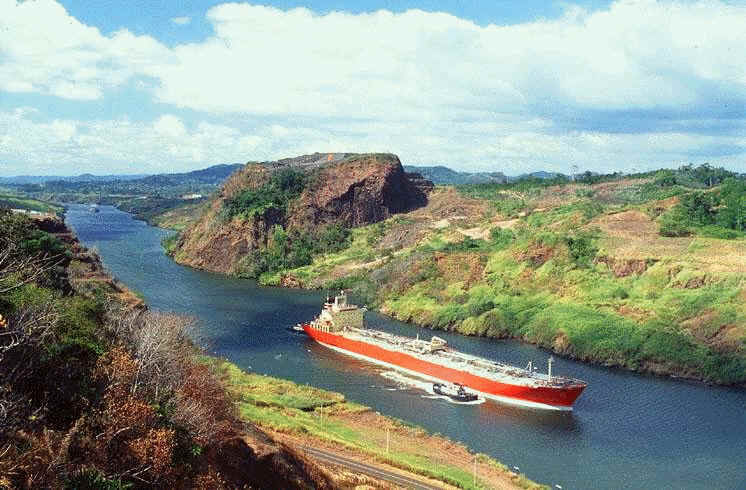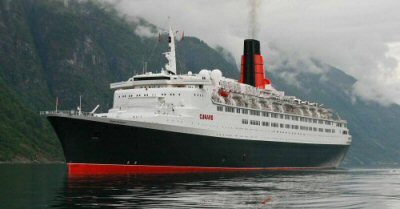September 11, 2010
‘Salvage’ is the term used in maritime law to refer to the process whereby a third party rescues a vessel from a danger which would have likely destroyed it by sinking, breaking it up or otherwise.
The third party is generally entitled to a financial reward for such an action as their assistance can often lead to a saving of several thousands or millions of dollars for the vessel’s owner (the vessel may be worth a considerable amount, its cargo may be worth a considerable amount and the consequences of its loss being avoided – i.e. no fine for oil pollution – may also be worth a considerable amount to the owner.
A salvage operation is generally distinguished from ‘wreck removal’ as its purpose is usually to save a vessel as a going concern, whereas a wreck removal generally concerns a vessel which is already agreed to be a total loss. Consequently salvage operations usually try to cause minimal damage to the concerned vessel whereas wreck removal operations often involve intentionally breaking the vessel involved into pieces.
There are myriad laws around the world concerning salvage and each situation will turn on the particular laws and contracts that apply, as well as the court which has jurisdiction, but there are some general principles which are useful to know as a base knowledge.
GENERAL PRINCIPLES
1. Normal contractual assistance will not generally constitute a salvage operation. For example, if your vessel is in distress and you decide you need the services of a tug to tow you to a safe port. If you radio a local port and agree basic contractual terms for a towage operation with a set fee then the tug owner could not take your vessel back to port and claim salvage.
2. It is generally accepted that the salvor has a right to a reward for saving the vessel because as we have seen above his service in this regard can be priceless but clearly he cannot merely decide the ship is his own property. Therefore the courts’ view is that an amount of reward should be given to the salvor by the distressed vessel, which is appropriate to the value of the vessel saved, the level of distress it was in and the level of risk which the salvor(s) had to take to salve the vessel.
3. As time is of the essence when a vessel is in distress it is understood that neither the salvor nor the captain / owner of the distressed vessel will generally have time to take lengthy legal advice and negotiate contractual terms for the salvage operation. For this reason procedures such as LOF (Lloyds Open Form), have evolved, which allow the parties to essentially agree that the operation will go ahead and if they are unable to agree on the appropriate amount of salvage reward afterwards then a specialist arbitrator appointed by Lloyds of London shall make the decision. This option is popular with salvors and distressed vessels as in the heat of the moment it allows decisions to be made quickly without the risk of any gross injustice resulting to either side.
4. In some countries certain vessels in distress may be able to benefit from the assistance of a charitable organisation, such as the RNLI in Britain and Ireland. They respond rapidly to emergencies at sea and whilst the crewmembers waive their right to claim maritime salvage, it is widely accepted that a suitable donation should be made to the service in lieu of them claiming any salvage.
OTHER TYPE OF MARINE SALVAGE
A. FLOTSAM / JETSAM
These terms refer to parts of a ship or its equipment or cargo which wash up ashore. Flotsam refers to things which are accidentally lost at sea (say cargo which is washed overboard in a storm) and Jetsam refers to things which are intentionally put overboard (usually to lighten the ship in heavy weather or in the event of engine problems). When either washes up on the shore they are sometimes referred to as salvage, mainly because in principle those finding them are rescuing them on the shipowners behalf (they should be reported to the receiver of wrecks but sadly this does not frequently happen).
B. DAMAGED / UNWANTED CARGO
Often cargo which is not paid for or accepted by the consignee (say rolls of paper which have got wet during transit and the buyer rejects them or shop fittings for a shop which has gone bankrupt) will be sold as, or for, salvage. Often such goods only achieve a fraction of their original value, which is referred to as their salvage value.







